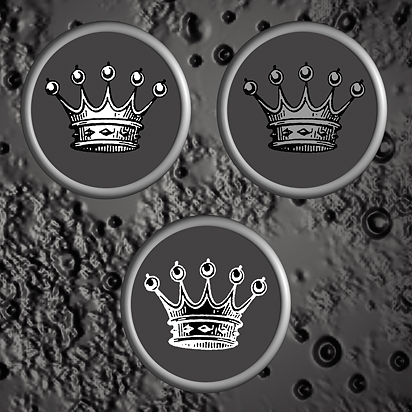
Carbon is the most patented element in the periodic table; this is owed not only to its large number of – equally useful – allotropes, including diamond, graphite, fullerenes, but also to the element’s versatile properties, which vary widely with its allotropes.
The chemistry of carbon is dominated by the carbon-hydrogen bond and the tetravalency of carbon. This is organic chemistry and is the chemistry of life itself. It is estimated that there are some tens of millions of known organic compounds and orders of magnitude more stable organic compounds yet to be synthesised. There’s not enough room in this post to cover even a fraction of organic chemistry so we’ll concentrate on some aspects of the physical forms of carbon.
- Diamond is the hardest know naturally occurring substance, and is a girl’s best friend apparently: ‘Diamond’ (1995).
- Another well-known form, or allotrope, of carbon is graphite, the black stuff in lead pencils. This is a patent for a process for controlling the morphology of graphite: ‘A process for controlling the Morphology of Graphite’ (2017).
- A less well-known form is amorphous, non-crystalline, carbon. Here is a patent for a device for producing an amorphous carbon layer by electron cyclotron resonance plasma: ‘Device for producing an amorphous Carbon Layer by Electron Cyclotron Resonance Plasma’ (2017).
- Graphene, the famous 2D carbon material consisting of hexagons of carbon atoms arranged in a flat sheet, is a hot topic these days. It is touted as “The Wonder Material” although this kind of hype is usually the kiss of death. Graphene can be produced and deposited by generating carbon cluster ions: ‘Equipment and method for preparing graphene’ (2012). There are many applications of graphene and here is a patent for a photonic device produced by in situ synthesis of graphene along wave guides: ‘Method for Synthesis of Graphene along Waveguides in situ, photonics Device including Graphene obtained using the Method’ (2019).
- Graphyne is another 2d carbon material, in which the carbon hexagons found in graphene are separated by alkynyl –C=C- linkages. Graphyne materials have applications as hydrogen storage materials: ‘Graphyne-based Materials for Hydrogen Storage’ (2014).
This article would not be complete withour without mentioning carbon fibres, which are some of the strongest materials known. William (Bill) Watt was the inventor of carbon fibres derived from polyacrylonitrile (PAN) fibres: His breakthrough was stretching the fibres in vacuo during the carbonisation process, which was the secret of conferring massive tensile strength and stiffness: ‘Carbon Fibre Production’ (1976).
References:
All patent information has been obtained from Espacenet (European Patent Office).